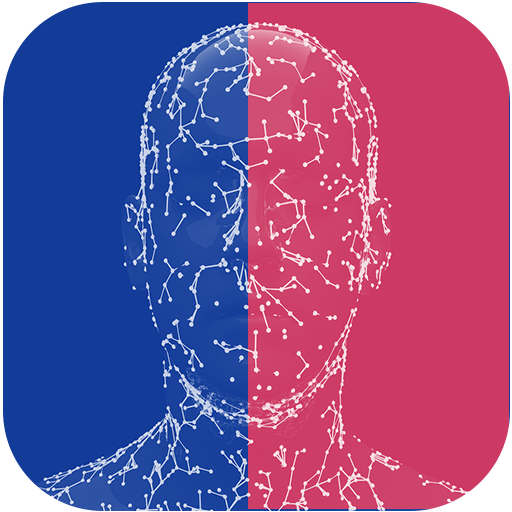Introduction
As deepfakes become increasingly sophisticated, the need for effective detection methods is crucial. Fortunately, several promising technologies are emerging to combat this challenge. Here’s an overview of the current landscape:
What is Anti-Deepfake Tech?
Anti-deepfake technology refers to tools and techniques used to identify and authenticate the origin and content of videos, images, or audio. These technologies aim to distinguish between genuine media and manipulated content created using AI.

How Does it Work?
Several approaches exist, each with its strengths and limitations:
- Machine learning: This is the most common approach, where algorithms are trained on vast datasets of real and deepfake content. These algorithms analyze features like facial movements, blinking patterns, and inconsistencies in lighting and shadows to detect potential manipulations.
- Biometric analysis: This method focuses on analyzing subtle physiological details like blood flow fluctuations, which can be difficult to replicate accurately in manipulated data.
- Temporal consistency analysis: This technique examines inconsistencies in video frames, such as flickering or unnatural movements, which can signal manipulation.
Examples of Anti-Deepfake Tech
- Intel FakeCatcher: This real-time detector uses AI to analyze blood flow patterns in video pixels, achieving high accuracy rates.
- VisionLabs: This company offers deepfake detection with claimed accuracy exceeding 90%, applicable to various online platforms.
- Kroop AI: This Indian startup provides a deployable platform for individuals and businesses to identify deepfakes across different media formats.
Limitations and Challenges
- Constantly evolving: As such fake content creators become more adept at bypassing detection methods, anti-deepfake technology needs continuous improvement.
- Accuracy: While some tools boast high accuracy, it’s essential to be aware of potential biases and limitations, as no technology is foolproof.
- Ethical considerations: Balancing detection with freedom of expression and preventing misuse of the technology itself are crucial considerations.
Recent Development: Ning Zhang’s AntiFake
Ning Zhang’s AntiFake is a specific example of anti-deepfake technology developed by Professor Ning Zhang at Washington University. Here’s a deeper dive into its characteristics:
How AntiFake Works?
Unlike other solutions that analyze the content itself, AntiFake utilizes adversarial machine learning. This approach focuses on protecting the source material rather than detecting manipulations after they occur.
- Pre-processing: Before publishing audio or video content, users apply AntiFake.
- Imperceptible modifications: AntiFake introduces subtle, inaudible alterations to the audio signal. These changes are imperceptible to human listeners but significantly impact how AI systems interpret the data.
- AI confusion: When these algorithms attempt to replicate the modified audio, they encounter distortions and inconsistencies that hinder their ability to accurately capture the speaker’s voice characteristics.
Benefits of AntiFake
- Proactive approach: Protects content before it’s exposed to potential manipulation.
- User-friendly: Easy to integrate into existing workflows without requiring significant technical expertise.
- Preserves audio quality: Modifications are imperceptible to human ears, maintaining the original listening experience.
Limitations of AntiFake
- Limited scope: Currently focuses on audio manipulation, and not addressing video manipulation.
- Evolving deepfakes: As such fake content creators adapt their techniques, AntiFake may require ongoing updates to maintain effectiveness.
- Accessibility: While currently free to use, broader adoption might require addressing potential scalability and resource considerations.
Overall, Ning Zhang’s AntiFake represents a promising approach in this fight, offering a preventative solution that protects individuals from having their voices misused. It complements other detection methods by focusing on securing the source material, highlighting the diverse strategies emerging in the anti-deepfake landscape.
The Future
The field of anti-deepfake technology is rapidly evolving, with ongoing research and development efforts. Collaboration between researchers, tech companies, and policymakers is crucial in creating robust and ethical solutions to combat the spread of misinformation and ensure trust in online content.
Remember
- While anti-deepfake technology is valuable, it’s essential to maintain a critical eye towards online content and rely on diverse sources of information for verification.
- Be cautious of sensational claims and emotionally charged content, and consider the source and context before sharing information online.




